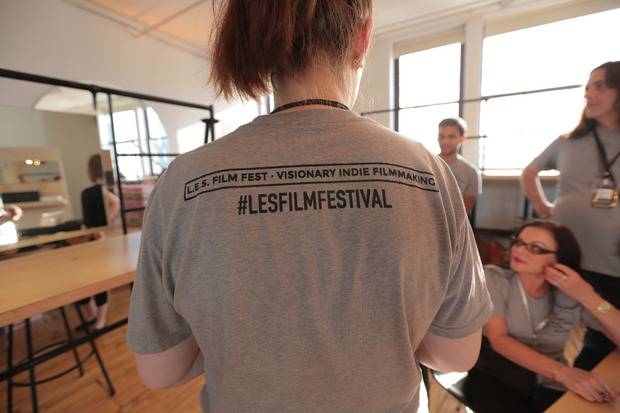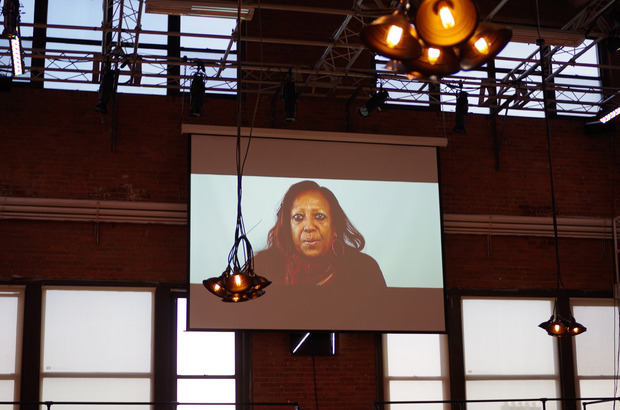Glass Shorts at the LES Film Festival
Films made on Google’s eyewear form a night of cinematic celebration


At the Google Glass Basecamp inside NYC’s Chelsea Market, the Lower East Side Film Festival transplanted some of its selections and audience for a night that was the first of its kind. “Glass Shorts” was an entire evening of programming surrounding films made with the wearable technology. Three films screened, from the mesmerizing three-minute, stop-motion “Catch: A Handimation Through Glass” to the ambitious 28-minute “Project 2×1” from Brooklyn filmmaker Hannah Roodman. And, while it was fascinating to see films made from ultra-low budgets shot on Google Glass, of equal importance was the quality of storytelling—worthy of any film festival.

The event marked a milestone for the festival, which began just four years ago. What was once an event for films made for less than $3,000, housed in a pop-up storefront space on Norfolk Street with 30 folding chairs, has grown substantially while maintaining its integrity. “We felt no one was championing the really low budget filmmakers out there,” says the festival’s co-creator Damon Cardasis. Although the production budget bar has been raised, Cardasis notes that they “try to keep the festival focusing on the people, those establishing innovative ways of filmmaking while still telling a story with almost no money.”
For Cardasis, Glass films felt like a natural fit for two reasons. First, it appealed to both their participants and attendees, “Our primary demographic of the festival is young and upcoming filmmakers, utilizing new and innovative ways of creating film—especially with better technology. We thought it would be cool to do something with films made using Google Glass. This could be a new area of filmmaking.” Whereas many film festivals have been co-opted by large studios seeking a platform for a premiere, Cardasis has shied away from this and sought out truly independent work. While Glass comes at a heftier price, it was the primary expense in many of the films shown. And, while it was a tool used in creating the final product, ultimately each film was selected for its merits.

Second, those behind the LES Film Festival have continuously featured “branded nights.” That’s not a reference to having a major brand sponsor—in fact, it’s the opposite. “Because no one knows the filmmakers and no one knows the stars of our films we try to brand the nights so that people can connect,” Cardasis explains. “We have a sci-fi night, and a mind-fuck night and even a tough love night.” These overarching concepts form an entry point for viewers. And “Glass Shorts” functioned in the same way—alerting the audience that they were about to see something they hadn’t before with tech at its core.

“We try to be somewhat witty and cheeky in the way that we also convey what we are doing,” Cardasis continues before referencing last year’s drive-in movie theater the LES Film Festival held in a parking lot, in collaboration with Zipcar. “We have an abundance of ideas. We never have a problem with coming up with crazy ideas,” he concludes. All the while, the festival has kept their tickets at $13 and submission fees are uncommonly low. While it might not be the best business model, it’s an ever-important platform for truly emerging filmmakers.
Tickets are still available online for the remainder of the Lower East Side Film Festival, running through 22 June 2014.
Last photo by David Graver, other images courtesy of Graham Burns












